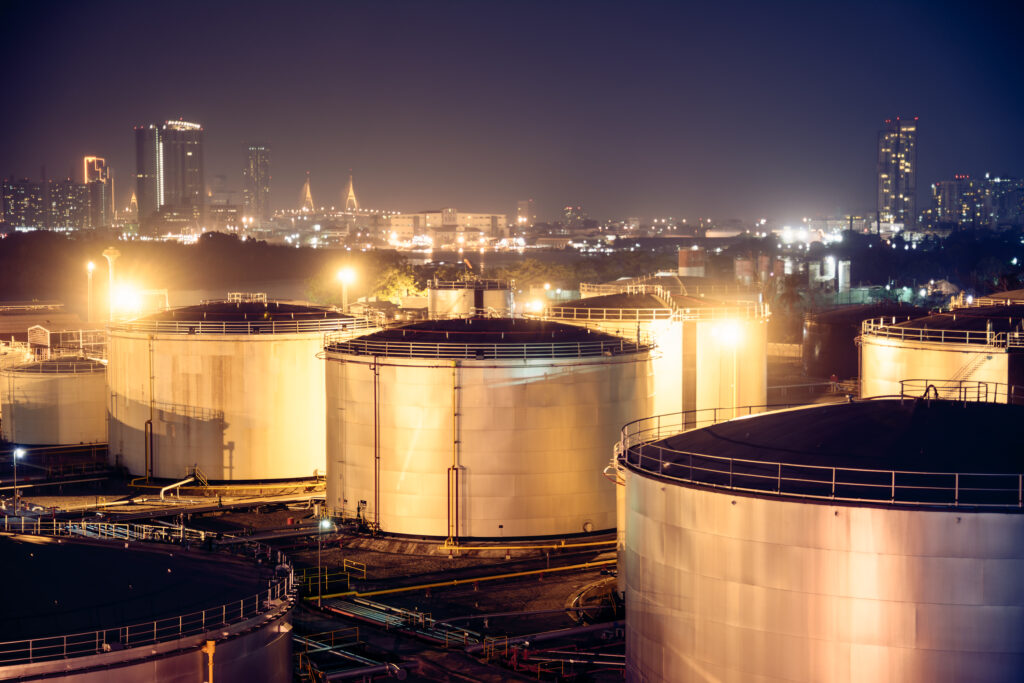(Oil Price) – Big Oil is reporting third-quarter results this week and next. No surprises are expected—Big Oil has been having an eventful year featuring tariffs, sanctions, and glut predictions—and these events will be reflected in financial reports. Yet analysts are already looking ahead to 2036 and what Big Oil plans to do next.

So far, two big oil companies have reported third-quarter figures: Norway’s Equinor and Italy’s Eni. Both demonstrated the dominant trends in the industry, likely to be seen in the reports of BP, Shell, TotalEnergies, Exxon, and Chevron in the coming days. Equinor missed analyst expectations because of lower prices, despite higher oil and gas production, while Eni enjoyed better revenues and profits thanks to higher oil and gas production, despite lower prices. Shell and TotalEnergies today reported strong performance on higher oil and gas production.
What analysts appear to be interested in, according to a preliminary earnings season overview by Reuters, is what Big Oil plans to do in 2026 in terms of spending, production, and maybe acquisitions. They would want to hear how Chevron’s merger with Hess Corp. is going, what Exxon’s next acquisition target is going to be, and how European Big Oil will handle its share buybacks and dividends in a lower-price environment. Last but by no means least, analysts would want to hear about the supermajors’ natural gas plans.
These plans are certainly in place. With artificial intelligence driving a global surge in demand for electricity, natural gas has returned to the spotlight as the best of both worlds: more reliable than wind and solar, and lower-emission than coal.
Shell, for instance, said in a trading update earlier this month that its natural gas business would boost its overall third-quarter performance. Indeed, it did: for the third quarter, Shell reported a solid increase in its LNG business. The company earlier announced plans to turn its LNG business into a top priority for the next ten years in response to the demand projections.
BP is also prioritizing gas and LNG, recently contracting Baker Hughes for a new LNG plant in Indonesia, and recently winning an arbitration case against Venture Global regarding undelivered LNG cargos. TotalEnergies, for its part, lifted the force majeure on its Mozambique LNG project this week, even as the price tag was revised higher by $4.5 billion. The facility will have a capacity of 43 million tons of liquefied gas once completed.
Exxon, meanwhile, plans to announce the final investment decision on its own LNG project in Mozambique by the end of the first quarter of 2026, even though the company just canceled a public appearance to report on the project’s progress. Another LNG project of the supermajor, Golden Pass, is expected to start operations by the end of this year.
Chevron is focusing on trade. The company just sealed an LNG supply deal with Energy Transfer for the delivery of 1 million tons of LNG from the Lake Charles plant, bringing its total purchase commitments for that plant alone to 3 million tons annually over 20 years. Big Oil is a big fan of LNG. The supermajor is also investing in LNG supply globally, like its peers.
In oil, analysts see the supermajors struggling with the effects of lower international prices. It could be only a perception of a struggle, however, while the companies themselves remain financially disciplined and plan for production boosts—despite the gloomy predictions of a 4-million-barrel-daily supply overhang in 2026 as estimated by the International Energy Agency.
Indeed, Bloomberg this week reported analyst estimates see all the supermajors increase their oil and gas output both this year and next, regardless of prices. This suggests Big Oil does not really agree with the IEA about demand and supply—and that it is betting on demand resilience that the IEA and other transition-leaning forecasters argue does not exist.
By Irina Slav for Oilprice.com

